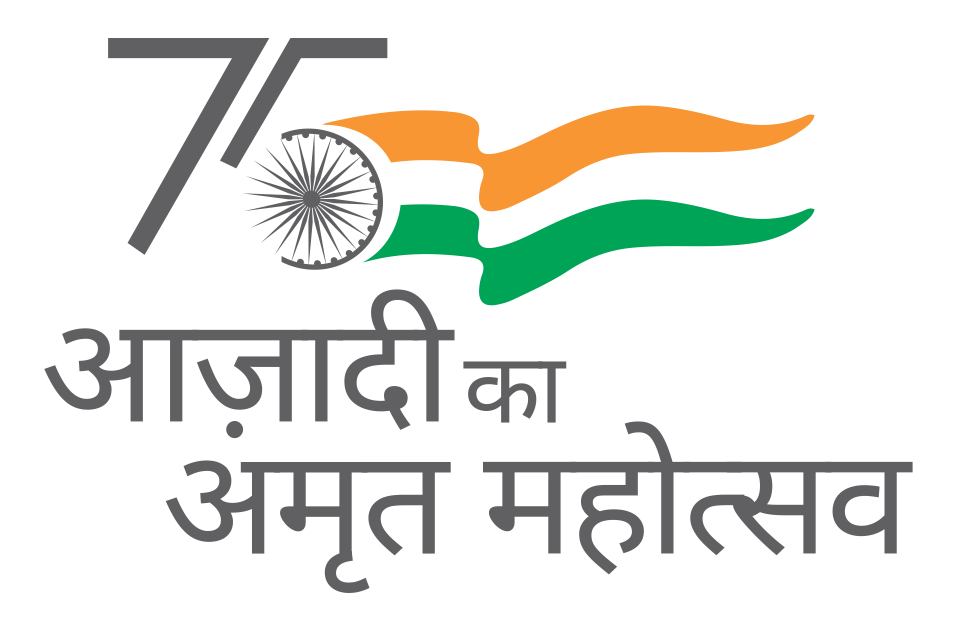- The age-old conventional bulbs including tube lights, high-pressure sodium, mercury vapor and metal halide lights (halogen lamps) gutted electricity, emitted a lot of heat and were particularly vulnerable to power fluctuations, which often led to en-masse failure. The lamps were bulky and prone to cracking. There was no centralized mechanism to collect information of bulb failure in real time and switch on-off the street lighting manually.
- The existing street light system had become the proverbial white elephant. MCC would call for annual tenders for maintenance works which were divided into 26 packages. Contactors would bid for winning these contracts and were responsible for maintaining streetlights. With 26 packages, about 6 to 8 contacts were selected for the job. MCC had to pay these contractors large sum of money for continuing with the services
Development and maintenance of such aesthetically appealing, soothing, and adequate street lighting is an uphill task for any Urban Local Body and meagre availability of finances, pre-empted any such attempt of the MCC to go full force for deploying street lighting infrastructure through own expenditure. There were precedents for successful street lighting projects implemented on PPP mode in other cities of the country.
This prompted MCC to take the leap of faith and conceptualize the project on Public Private Partnership. As the project required proficiency in street light management and new technology. Moreover, it was beneficial that financial burden on the authority be as low as possible. The Design, Build, Finance, Operate and Transfer (DBFOT) model under PPP fulfilled these requirements and was given go ahead for the implementation.
Implementing Authority- Mysuru City Corporation (MCC)
Project Structure- Design, Build, Finance, Operate and Transfer (DBFOT)
TThe perpetually increasing upkeep maintenance and the electricity consumption of the street lighting (totalling to Rs.27 Cr per annum), ate away any budget allocation for modernisation of the system. Mounting O&M expenses and frequent failures of the street lighting were becoming so palpable that the State Government had, in its annual Budget for FY 2015-16, announced taking up this project on pilot basis in Mysuru.
The project was substantially de-risked by providing assured saving of more than 57.77% of the electricity bill. The PSA ensure timely payment of concessionaire dues which eliminated counter-party risk. The private concessionaire was provided freedom to procure the LED bulbs from any source of its choice, so long as the bulb fulfilled the KPIs. The MCC provided prompt administrative support to the concessionaire in replacing the bulbs. The existing bulbs and their housing were not taken back by the PSA and could be retained by the concessionaire to realize salvage value, which also contributed to improved financial of the project. The stringent KPI of replacing any faulty bulb within 24 hrs. and providing more than 90% uptime on an average enhanced public acceptability of the project.
The project has resulted in safer roads for commuters due to enhanced brightness and reduced dark spots and increased productivity of citizens through unhindered commuting at night
The project has resulted in about 65% saving in electricity bills, while ensuring 95% of streetlight uptime. ~68,000 incandescent bulbs were replaced in the project with LED lamps. It is estimated that over the 7-year operation period, the project will result in total cash savings of Rs. 13-14 Cr for the MCC. Moreover, MCC was spending annually about Rs. 31 Crores (Rs. 26 Crores to DISCOMS and 5 Crores to maintenance contractors) prior to the project. This amount substantially reduced to the tune of Rs. 11.5 crores which is paid to DISCOMs, and maintenance contracts are no longer required.
The success of the project promoted adoption of similar model in other cities and towns of the country.
The CCMS enables engineers to operate, control, monitor and rectify the integrated LEDs remotely via wireless communication. The system works on a node-and-hub model where each LED lamp is geo-tagged to a controller and a smart meter. The data collected is transmitted to the centralized hub or a control room at Vani Vilas Water Works (VVWW) premises for efficient control and monitoring.
- The Centralized Control and Monitoring System (CCMS) with smart meters and Internet of Things (IOT) controllers enables integration of all LED lamps and they can be operated remotely through wireless communication, reducing energy wastage by automated switch on and off at sunrise and sunset.
- The entire project was technology driven and real time information was made available through a dashboard with drill down to a single bulb. An ‘app’ was also developed for the project through which the operation of the street lighting could be controlled remotely. The app also enabled the citizens to register faulty bulb complaints and track their complaint status.











